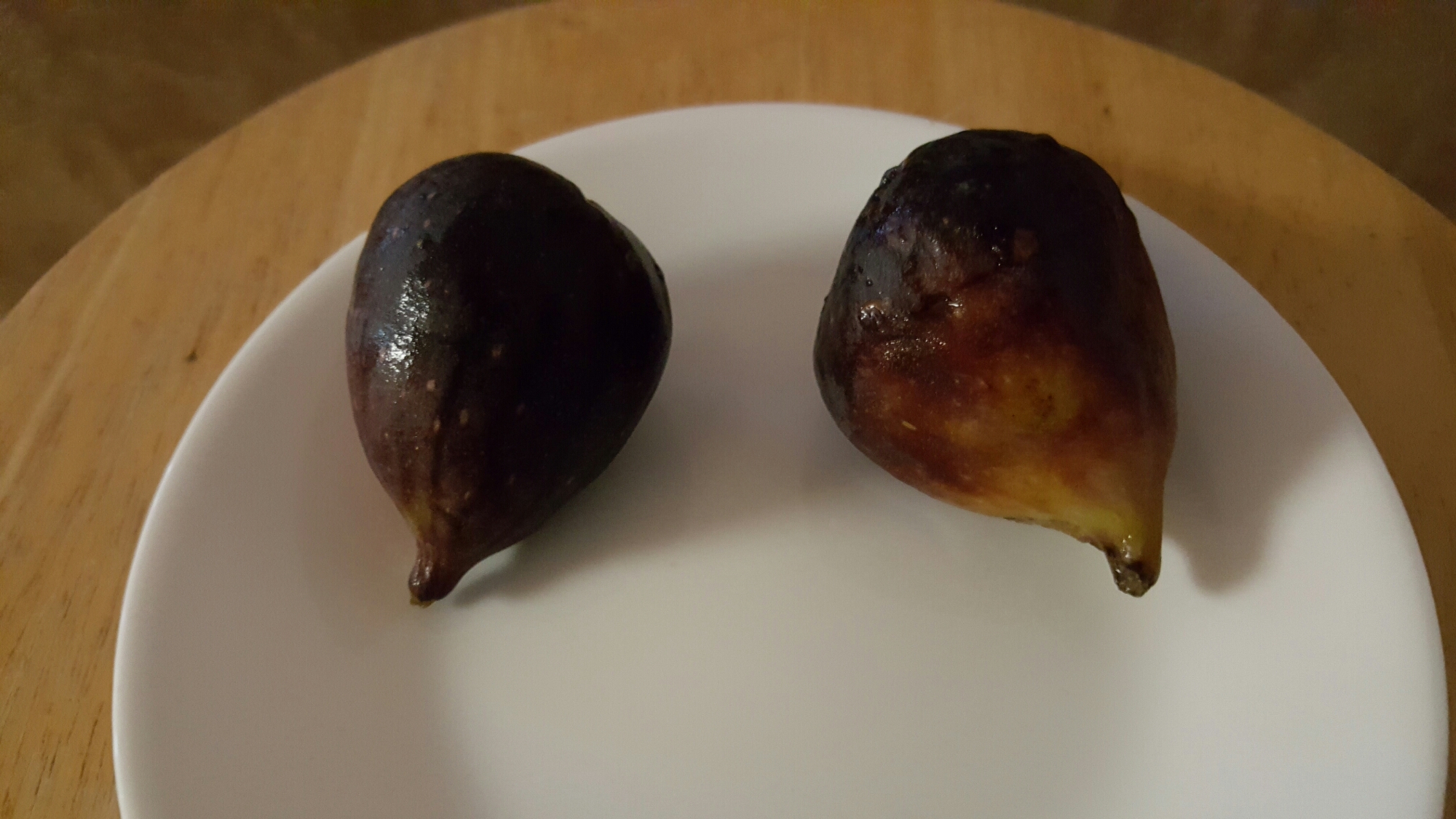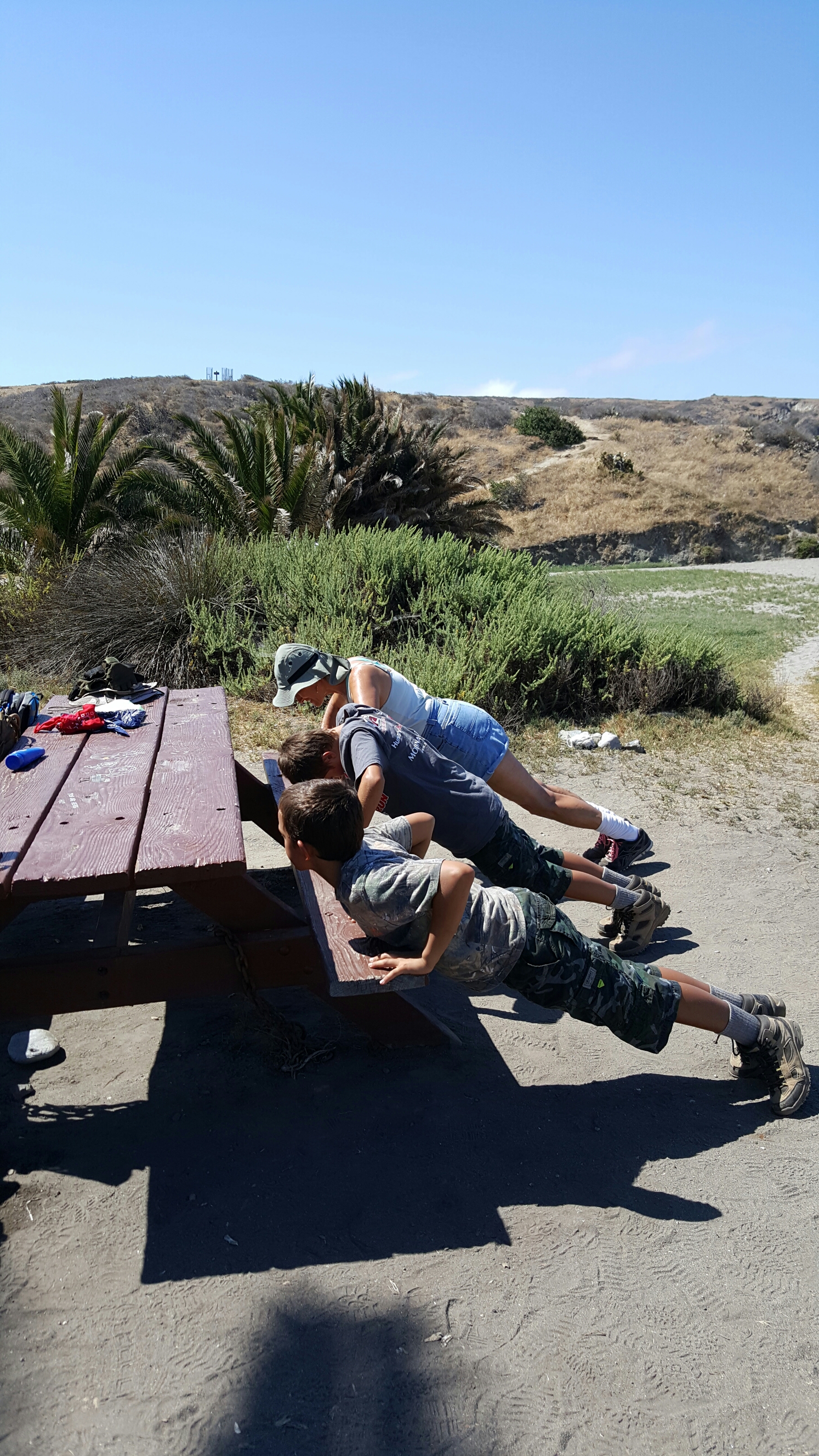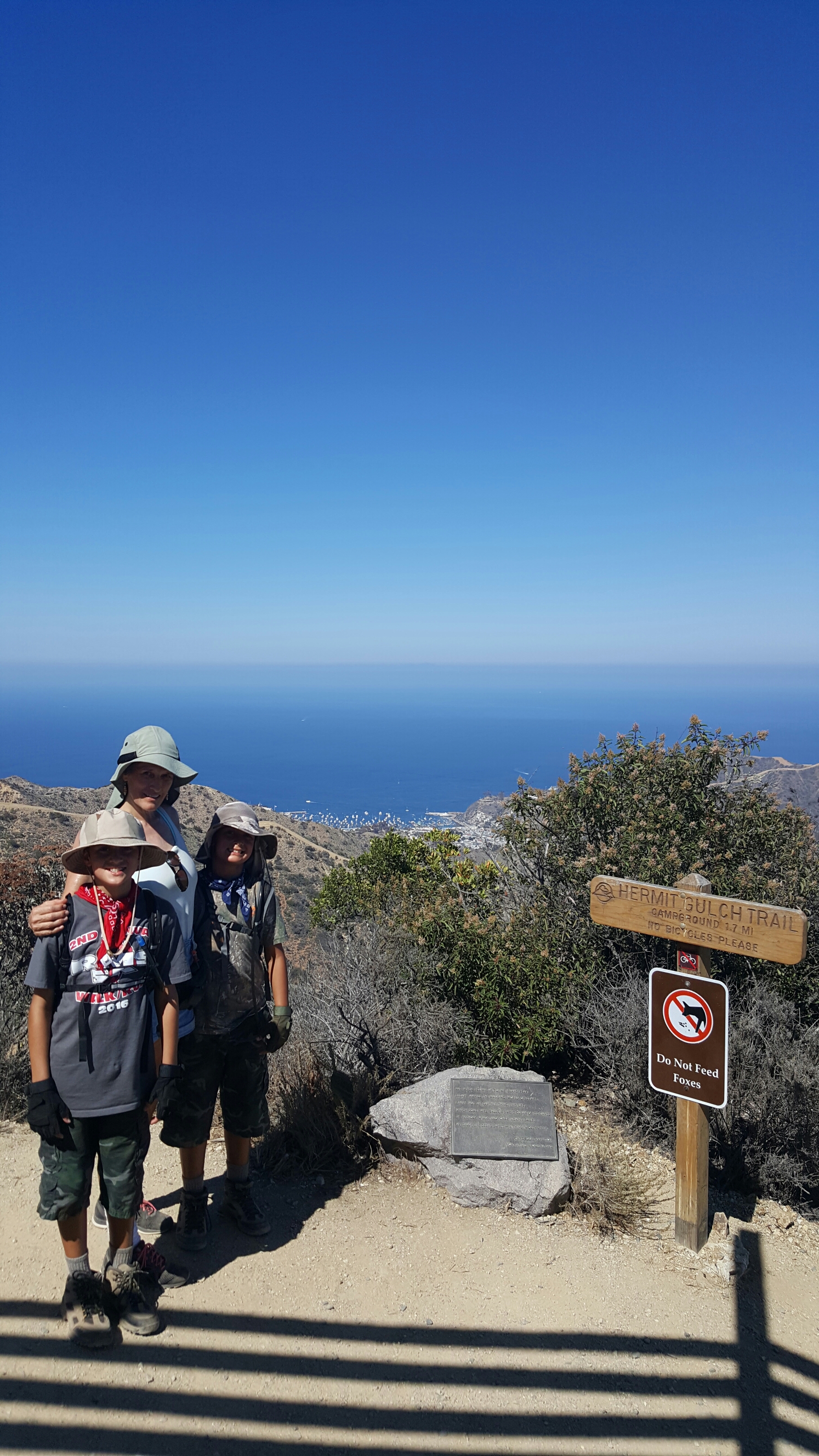A GUIDE TO TRUE PEACE or THE EXCELLENCY OF INWARD AND SPIRITUAL PRAYER
by
Francois Fenelon (1651 – 1715)
Madame Jeanne Guyon (1648 – 1717)
Miguel de Molinos (1627 – 1697)
CONTENTS:
INTRODUCTION
PREFACE
1. THE SPIRIT OF GOD DWELLS IN THE HEART OF MAN
2. ON FAITH
3. ON PRAYER
4. ALL ARE CAPABLE OF ATTAINING TO INWARD AND SPIRITUAL PRAYER
5. ON ATTAINING TRUE PRAYER
6. ON SPIRITUAL DRYNESS
7. ON DEFECTS AND INFIRMITIES
8. ON TEMPTATIONS AND TRIBULATIONS
9. ON SELF-DENIAL
10. ON MORTIFICATION
11. ON RESIGNATION
12. ON VIRTUE
13. ON CONVERSION
14. ON SELF-ANNIHILATION
15. MAN ACTS MORE NOBLY UNDER THE DIVINE INFLUENCE, THAN HE CAN POSSIBLY DO BY FOLLOWING HIS OWN WILL
16. ON THE POSSESSION OF PEACE AND REST BEFORE GOD
17. ON PERFECTION, OR THE UNION OF THE SOUL WITH GOD
INTRODUCTION
This little book was written to nourish the spiritual life. Evidently it succeeded in its purpose, for it passed through at least twelve editions and reprintings from 1813 to 1877. Compiled anonymously by two Quakers, William Backhouse and James Janson, from the writings of three great mystics of a century earlier, Fenelon, Guyon, and Molinos, it was widely used as a devotional book by members of the Society of Friends. Always printed in pocket size, it was constantly ready at hand to plead for “a species of prayer which may be exercised at all times” , “a lamp continually lighted before the throne of God”.
In this new edition A Guide to True Peace makes a timely reappearance. It was first issued at the dawn of the industrial age when man was learning how to control nature through scientific knowledge. And now, just when the effort seems close to complete success, we stand bewildered in the midst of the ruin we ourselves have created. Many are beginning to doubt whether the meaning and goal of life can be found through power over the world around us, but they know not where else to turn.
A Guide to True Peace diagnoses our trouble and points out the remedy. It tells us that we are in trouble because, in learning how to control nature, we have neglected to learn how to control ourselves. We must look within, not without, for the meaning and goal of life. In the depths of our being we shall find an inner sanctuary where there is true peace where all desire for selfish exercise of power is overcome by unselfish love, where the Divine Presence is known by a direct immediate glance of the soul.
This solution will seem too simple to intellectuals and too inadequate to activists, the two groups that dominate our age. The intellectual seeks an answer in some system of philosophy or theology or some scheme of social or political reform. But our Guide does not encourage us to seek ultimate Truth solely by thinking. “Man may indeed open the window, but it is the Sun Himself that must give the light”. This Sun is “the Way, the Truth and the Life”: whose light shines into our soul if we but open the window of prayer. All progress in prayer is not a mental act nor an upsurge of feeling but the direct perception of the Divine Presence.
But how, the activist will ask, can we heal a sick world when we are advised to “retire from all outward objects and silence all desires in the profound silence of the whole soul”? The answer is that there is no peace without until there is peace within. A man who is inwardly disordered will infect all about him with his inner disorder. John Woolman, a New Jersey tailor of the eighteenth century, followed without reservation the type of religion portrayed in The Guide to True Peace, yet he was one of the world’s greatest social reformers. When he went about persuading the Quakers, a hundred years before the Civil War, to give up their slaves, he did not say much about suffering and injustice. He simply pointed out to the slaveholders that they felt no inner peace. The history of the Society of Friends shows that almost always this search for inner peace is the dynamic of Quaker pioneering in social reform. True peace comes, not by inaction but in letting God act through us.
The Guide to True Peace is compiled principally from the Short Method of Prayer of Madame Guyon, the Maxims of the Saints of Fenelon, and the Spiritual Guide of Molinos. The writers of these three mystical classics were the outstanding figures in that seventeenth century movement in France and Italy nicknamed Quietism because of its teaching that God is known only through the prayer of inward silence when all human thought and feeling is quieted. This movement had a strong influence on the Society of Friends whose teachings were closely akin. Jeanne de la Motte Guyon’s dramatic and tragic life (1648-1717) is vividly described in her autobiography. Fenelon (1651-1715), Archbishop of Cambrai and preceptor to the grandson of Louis XIV, was her friend and convert. Miguel de Molinos (1640-1697) was a Spanish priest who came to Rome where he secured the support of the Pope and a large following. All three, after a period of favor, were condemned and persecuted by the Roman Church.
The present printing of The Guide to True Peace is taken from the 1839 edition published in Philadelphia.






























